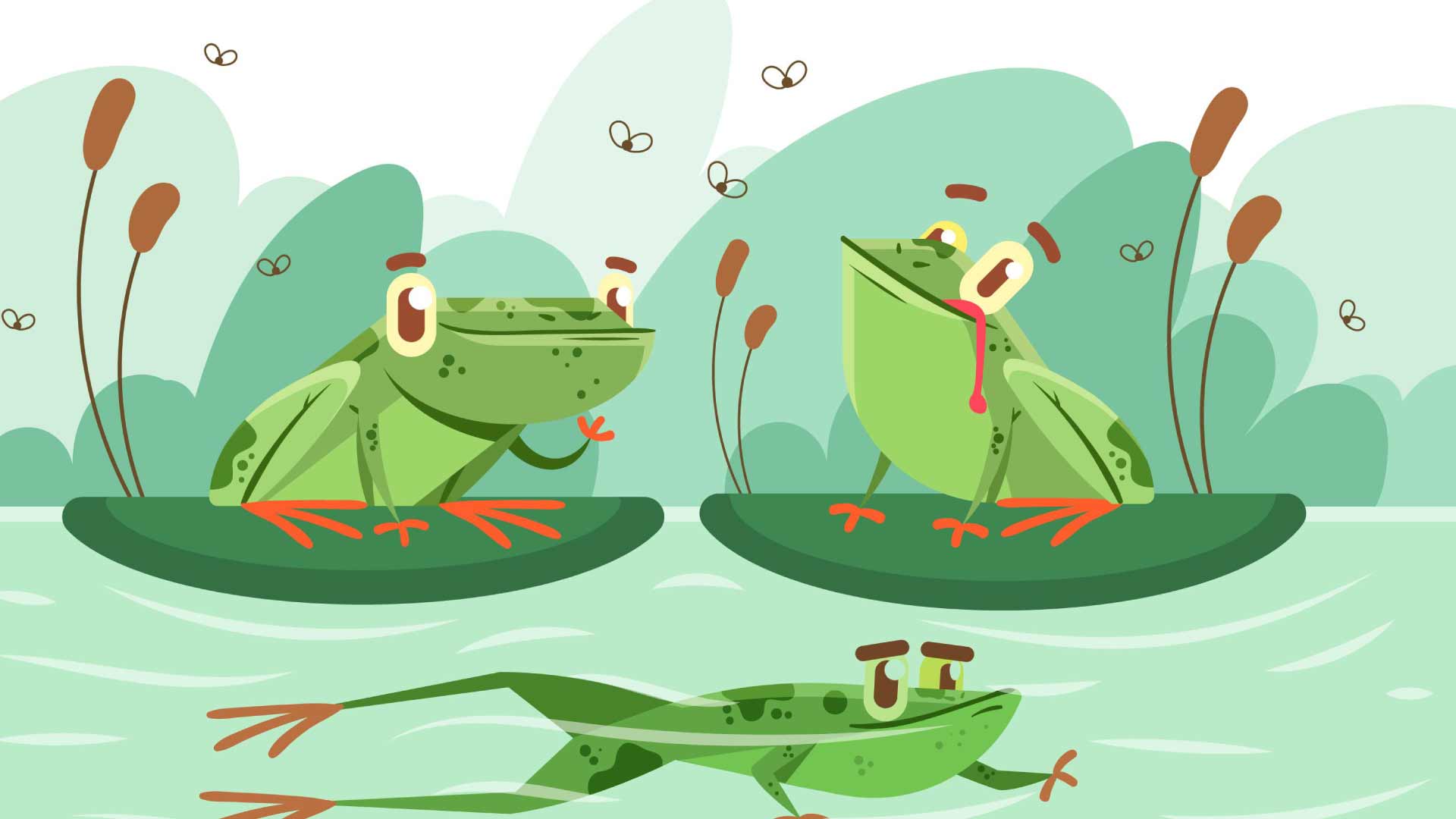Hello and welcome back to the third entry of this blog series! I hope the first two pulled on your heart strings like I intended them to and for those of you who haven’t read them be sure to check them out as I spoke about the snakes and tarantulas that are heading to extinction. This week, frogs and toads, from my experience at sessions its safe to say that they are marmite animals. People either get extremely excited to hold one or are dashing for the door. Its safe to say that they are an unpredictable animal which is why many people fear them and it’s not a secret that they’ve jumped at a few peoples faces, mine included. However, it’s important to remember that they mean no harm and are just following their natural extinct, I’m sure it’s terrifying for them when we are stomping our feet around their habitat, sending them to the endangered species list.
So why would anyone want to save them?
1,000+ of the world’s amphibians’ species are endangered, a large proportion of which are frogs and toads. Compared to snakes, they are a much less common pet, but this was not going to stop me writing this blog as that is one high number that shouldn’t be ignored by anyone amphibian lover, or not. So, let’s get down to it and meet out first endangered frog!
Corroboree frog
This beautiful frog originates from Australia, they are covered in yellow and black stripes. They are a critically endangered species with fewer than 200 left in the wild. They have lost their homes due to reconstruction of land for ski resorts and other recreational sites. Many enthusiasts enjoy housing frogs with vibrant colours, so why should the Corroboree frog suffer for our own personal enjoyment? What makes them less important than the other amphibian species we love to admire? Luckily there is a conservation program in action for this frog and success is showing in the captive breeding of them. If more people were aware of amphibians that are endangered, then these conservation programs would have more funding through fundraisers to have larger breeding programs.
Australian Whites Tree frog
The name is a massive giveaway, these frogs also come from Australia. Only difference being that these frogs are not on the endangered list but in the homes of many exotic animal enthusiasts, myself included. This is a frog that we use in many sessions, they are popular due to how easy they are to care for, their docile nature and the fact that their gorgeous green colour and smooth skin make them look like a porcelain figure. If this is an animal, we love to have in our homes so much, why do we not appreciate the ones that live in the rest of our world? The more awareness that is spread for these beautiful creatures the more chances conservation programs have of having enough funding to keep the frogs we love to have in our homes so much, in their own homes in the wild.
The Amargosa toad
Native to the United States, these toads live along a 10 mile stretch across the Amargosa River, as you can guess this is how they landed their name. Being a species that is not wide spread it is unsurprising that they are on the endangered species list. Unlike in most cases they’ve not become endangered due to human destruction of their habitat for development work, they’re usually trampled by herd animals and crushed by off-road vehicles. You may be thinking how is awareness going to prevent these factors, the honest answer is, it can’t. However funding for captive breeding of the species for conservation would help prevent the toads from becoming extinct. Ever heard of the Monteverd Goldfen toad? They are a gorgeous orange colour, or in other words, were a gorgeous orange colour. They were confirmed extinct in 1989 with very few knowing of their existence and this could be the harsh reality for the Amargosa toad if awareness isn’t raised for the species.
Fire bellied toad
A species of toad that we use in our sessions. During a session I always announce the animal I will be getting out next before revealing them, whenever I mention “Toad” people expect me to turn around with a very large, ugly animal. They are always pleasantly surprised when I turn around with a tiny, colourful toad. They range from between 3.5 – 5.5 cm in length which is only slightly larger from the Amargosa toads of 3-5 cm in length, so my guess would be if I was to turn around with an Amargosa toad the reaction would remain the same. Wouldn’t it be a shame if we let another toad that had an appearance that could change people’s opinions on toads, slip away into extinction?
When I started this blog series on endangered animals my end goal was never to make you overcome your fears for these animals, or for you to like them even just a little bit, because in reality, you don’t need to. All you need to do is help spread awareness for the animals that need us, the ones slipping under the radar purely because they’re not as cute as polar bears and leopards in most people’s eyes. I hope you look forward to next time where I’ll be telling you about the small mammals on the edge of extinction which I can assure you, you don’t want to lose.
Want to meet one of our amphibians in person? Contact us today for more information on booking a session! Call 020 3372 4300 Email [email protected]

